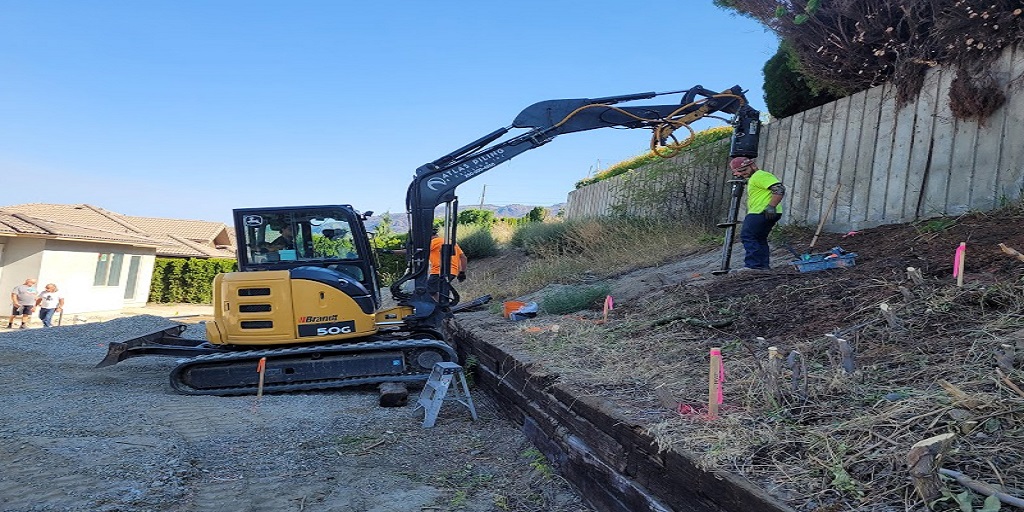
When it comes to deep foundation systems, it’s easy to focus on vertical load capacity. After all, piles are designed to support structures from sinking into the earth. But there’s another crucial force at play—lateral loads. Wind, seismic activity, and soil movement all exert sideways forces on a foundation. And for engineers, knowing exactly how helical screw piles perform under those forces isn’t just helpful—it’s essential. That’s where lateral load testing steps in.
Why Lateral Loads Matter More Than You Think
Even if a structure isn’t massive, lateral loads can still cause significant issues. Think of signs, decks, pipeline supports, and solar panel arrays—these installations are often subjected to strong lateral forces. Without reliable data on how the piles will respond, you’re working with uncertainty. And in construction, uncertainty is expensive.
While manufacturers and installers may provide theoretical values based on torque correlation, those numbers are not always enough for engineers and regulatory bodies. Lateral load testing offers something far more concrete: real-world proof.
How Lateral Load Testing Works
Lateral load testing involves applying a horizontal force to a helical screw pile and measuring its deflection (how far it moves). The test setup typically includes reaction piles, hydraulic jacks, and displacement monitoring tools like dial gauges or digital displacement transducers.
These tests can be performed in-field—often directly on installed piles—under actual site conditions. This is important because soil conditions vary drastically from site to site, and even the most advanced models can’t always predict performance with complete accuracy. Testing onsite gives engineers confidence that the piles can handle the lateral loads they’re likely to encounter.
Interpreting the Results: It’s Not Just Pass or Fail
A common misconception is that lateral load testing simply determines whether a pile passes or fails. In reality, the test provides a load-deflection curve that helps engineers understand the pile’s behavior under increasing stress. This is especially useful in projects requiring high levels of reliability, such as substations, industrial facilities, or structures located in seismically active zones.
It’s not just about ultimate capacity, either. Serviceability—the ability of the pile to stay within acceptable deflection limits under working loads—is often the critical factor. If a pile can technically support the force but shifts too much, that can compromise the stability of the entire structure.
What Engineers Learn from Lateral Load Testing
By incorporating lateral load testing into the project scope, engineers gain site-specific data on:
- Actual lateral resistance in given soil conditions
- Deflection under service loads
- The effectiveness of different pile diameters or blade configurations
- Redundancy factors built into the design
This allows for adjustments before construction progresses, avoiding costly retrofits or failures later on.
Mitigating Risk Before It Shows Up in Your Budget
Lateral load testing may seem like an extra step, but in the context of high-value or long-lifespan projects, it’s more of an investment in assurance. It’s particularly valuable in regions with soft or variable soils, high water tables, or heavy seasonal load shifts due to frost or flood. Engineers often include lateral load testing to satisfy both safety regulations and internal quality benchmarks.
For property developers, municipalities, and construction managers, having validated performance data can also streamline the permitting process, reduce liability, and improve stakeholder confidence.
Whether you’re building infrastructure that has to last decades or tackling a high-spec project with tight tolerances, lateral load testing is the tool that bridges the gap between theory and performance.

